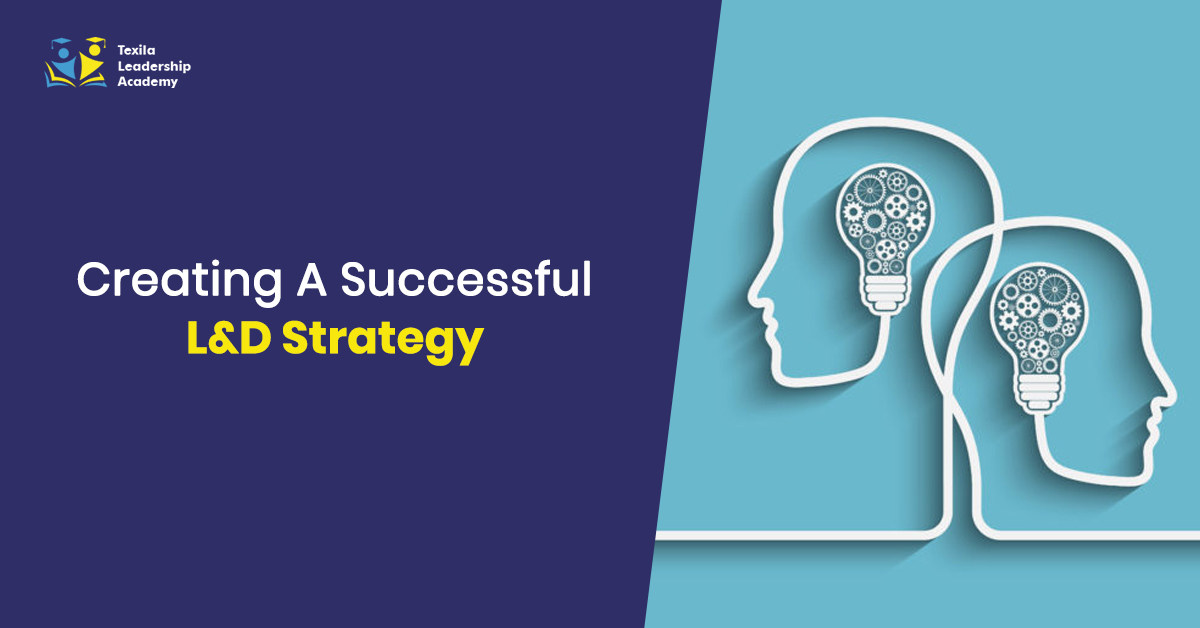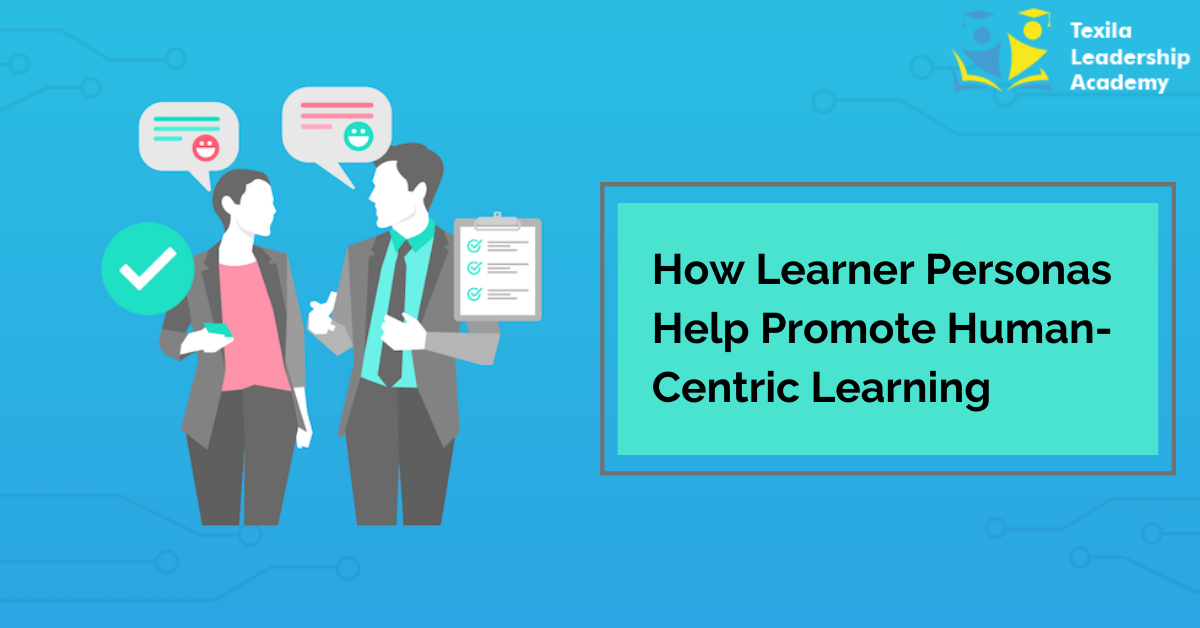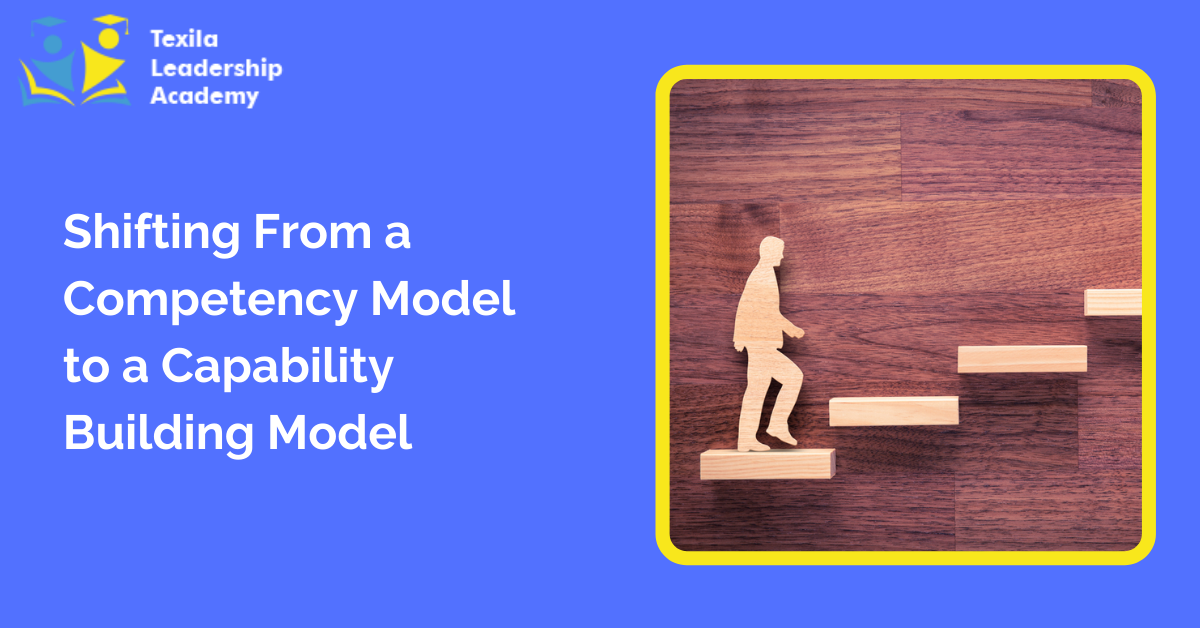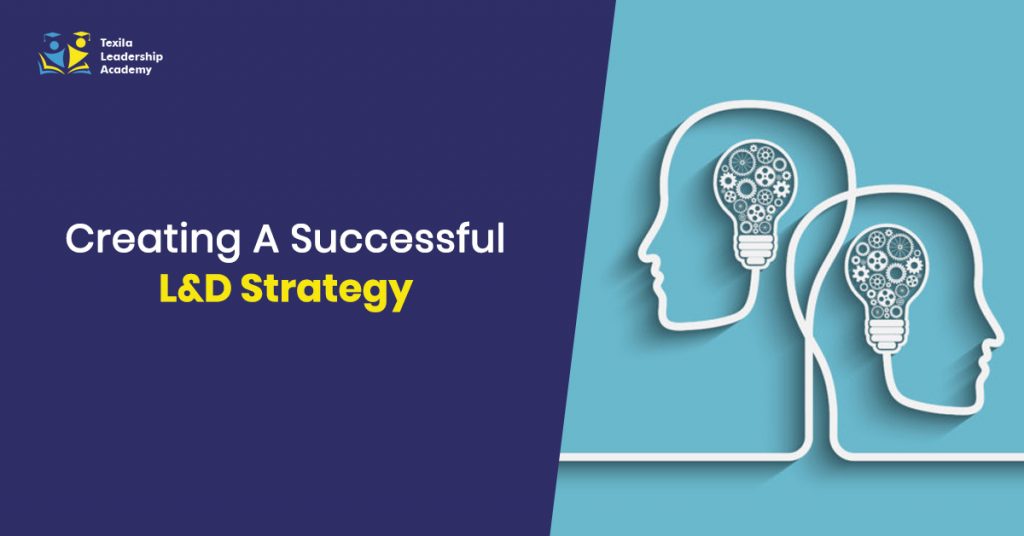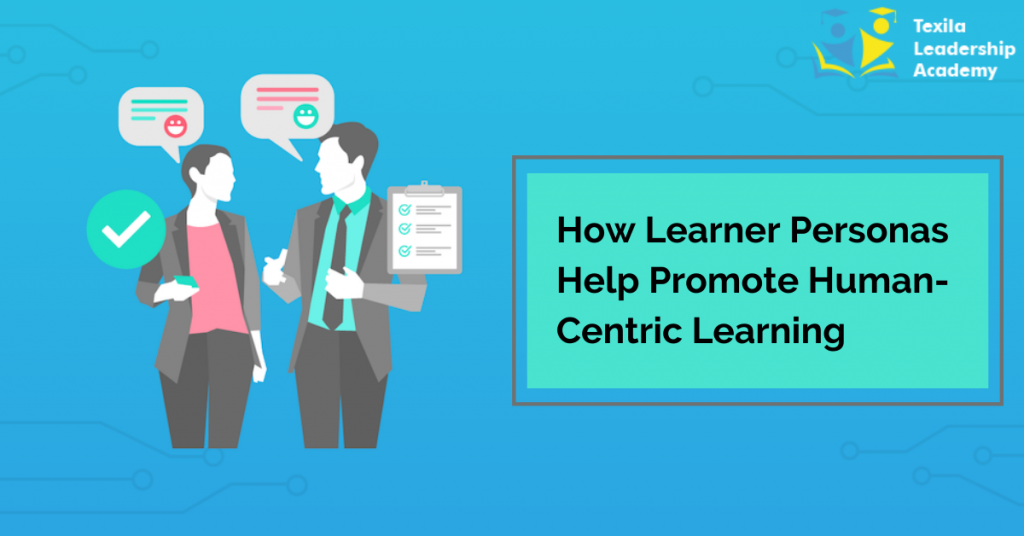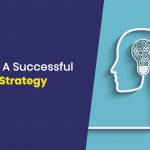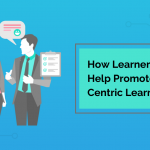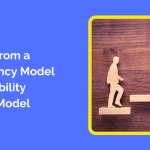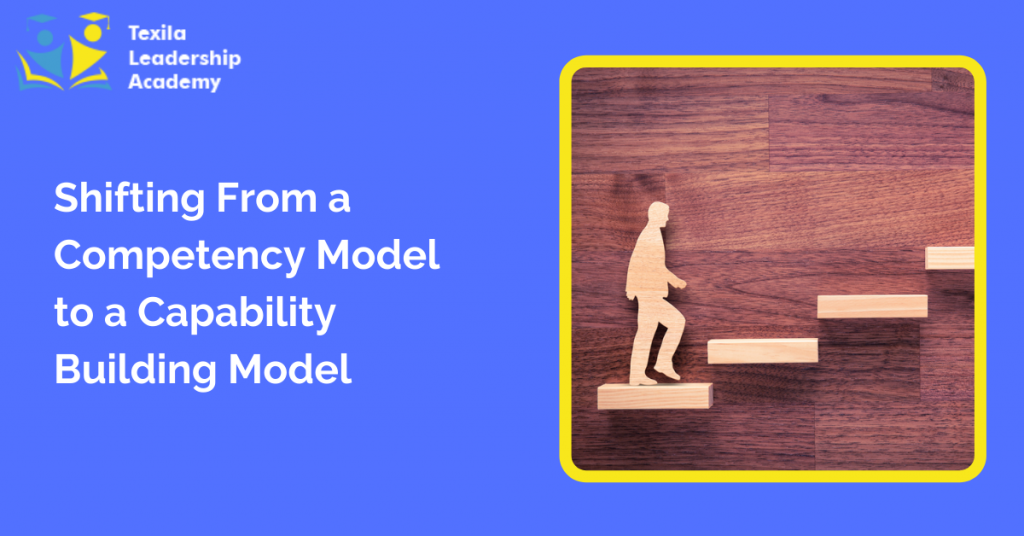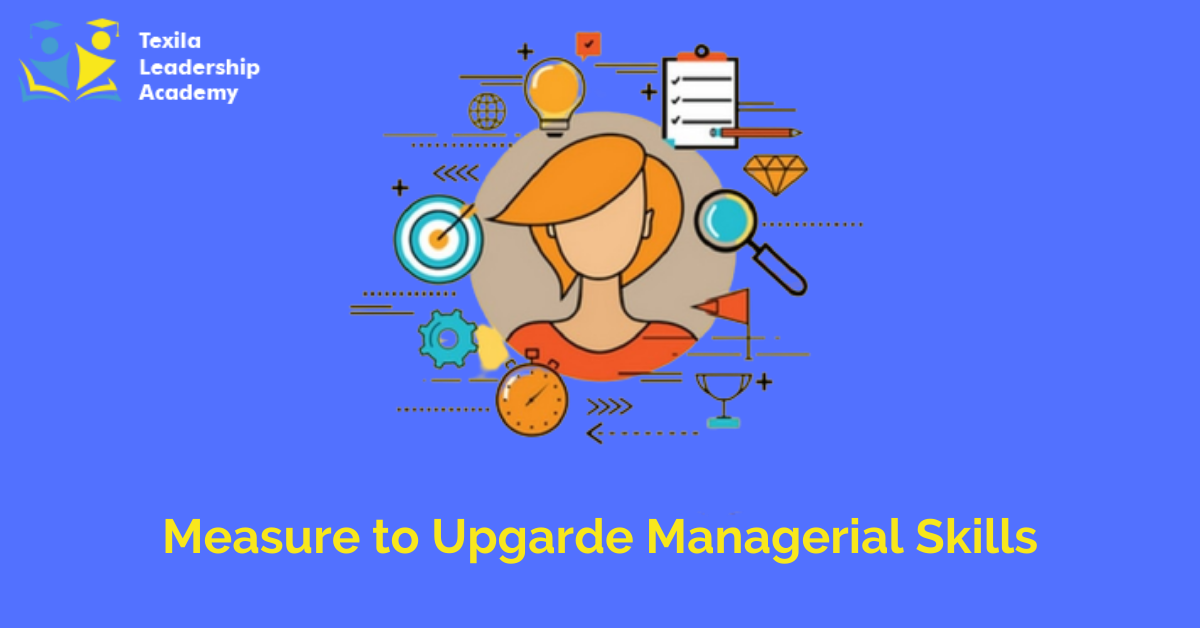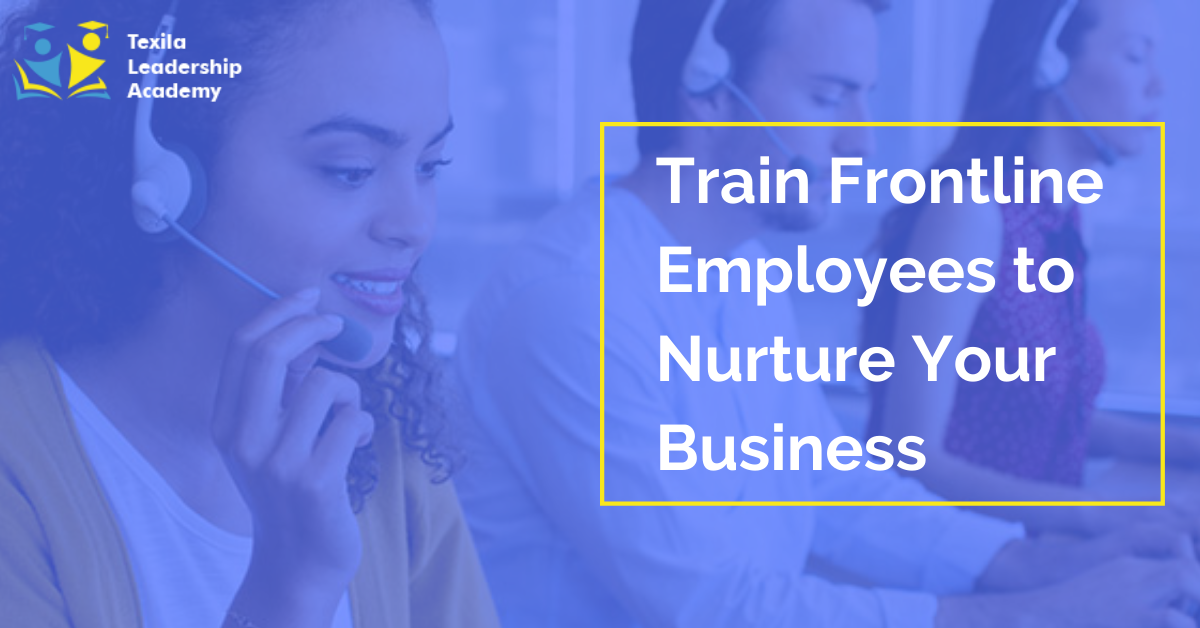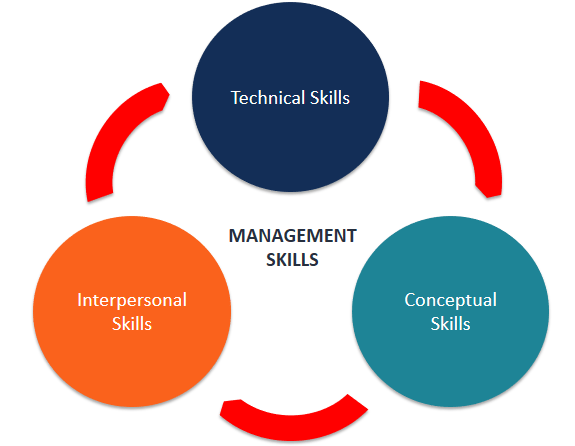Creating A Successful L&D Strategy
How Learner Personas Help Promote Human-Centric Learning
Creating A Successful L&D Strategy
How Learner Personas Help Promote Human-Centric Learning
Creating A Successful L&D Strategy
How Learner Personas Help Promote Human-Centric Learning
Creating A Successful L&D Strategy
How Learner Personas Help Promote Human-Centric Learning
Creating A Successful L&D Strategy
How Learner Personas Help Promote Human-Centric Learning
Shifting from Competency Model to Capability Building Model
Creating A Successful L&D Strategy
How Learner Personas Help Promote Human-Centric Learning
Creating A Successful L&D Strategy
When choosing to join a company, there are many things to keep in mind. The salary package, the scope of promotions, the perks offered. However, many organizations miss out on L&D Strategy, a crucial thing.
What is L&D?
L&D stands for Learning and Development. It’s a holistic process adopted by companies to facilitate personal and professional growth for their employees by teaching them additional skills that benefit the employee and the employer.
Why L&D?
According to a 2021 report by LinkedIn, over 94% of employees prefer working with organizations that provide learning and development opportunities to enhance their careers further. Upskilling is an essential feature considered by employees to be extremely valuable in this global market where competition for jobs is rising.
An effective learning and development plan also gives an edge to companies over others who don’t adopt L&D practices. Learning also boosts the morale of employees and leads to higher job retention and happiness amongst workers.
Building a Learning and Development Plan
An efficient L&D plan Template needs a proper approach and strategy to be followed. Clear-cut expectations and goals are vital. An adequate learning and development framework brings out the maximum efficiency for the employees and the employers.
Here are some strategies for building an effective L&D plan Template.
- Systematic Framework
When it comes to building an effective employee learning and development plan, it’s not an overnight process. All organizations have a different set of employees with varying cultures of work. Inculcating L&D and expecting results by comparing it to some other organization wouldn’t be fair.
Also, the process is slow but effective. You need time to set up a systematic framework wherein the needs of employees and employers match, and you set goals for the future. Additionally, you should customize the plans to bring out maximum efficiency.
- Realistic Goals and Objectives
Additionally, something to keep in mind while setting up a learning and development framework is that the goals need to be realistic. Like how companies and organizations differ in their work culture and goals, individual employees differ in their skill set.
While preparing an L&D strategic plan, it needs to be customized to suit the needs of individual employees. Customizability leads to higher involvement from employees, which in turn brings out better results.
- Identify Company Goals
Not every company can implement the same L & D Strategy. To create an effective strategy, the company needs to identify their goals, where they currently stand and tailor the training and development strategy according to those criteria.
- Mutual Development
When it comes to an excellent L&D plan Template, development should focus on both the company and the employee. While the employees benefit from upskilling, the company benefits from increased productivity and employee retention. Thus, you need to bring a healthy balance where there’s mutual development between the company and the employee.
How to Build an L&D Strategy?
Since you have a fair idea about the learning and development strategy and its potential benefits by now, it’s vital to have a systematic plan to develop a practical framework for facilitating development. It would help if you had the following in mind while building an effective learning and development plan.
- In-House Coaching
Various studies have shown that employers who coach their employees in multiple skills related to their field and nature of work lead to more satisfied employees and increased productivity. Coaching forms the base of a learning and development plan. Managers receive training to effectively coach employees, leading to higher employee satisfaction.
- Learning Culture
While it’s true that most employees prefer organizations with opportunities to upskill themselves, the organization needs to imbibe a learning culture. A learning culture effectively promotes team bonding, with knowledge shared across the board.
Companies sometimes face selfishness where employees believe the only way to rise is by putting someone else down. An influential learning culture ensures that respect for each other is vital. Skills and knowledge are to be something that is to be shared rather than hidden.
- On-Demand Learning Opportunities
Another effective strategy to facilitate training and development strategy is to customize learning strategies suiting the employees’ needs. Creating short courses on various content relating to the field would help employees learn at their own pace without time pressure or a lack of interest in a particular course.
Short courses also help employees quickly identify whether it’s of interest or not rather than wasting time and resources on a long monotonous course.
- Individualize
Not every employee is the same. While some might be comfortable with the digital medium, some might prefer physical learning. While some might like the teaching pace to be slow, some might get bored finding the rate too slow. In short, every employee has different skill sets and comfort levels.
A one size fits all solution wouldn’t be effective while implementing an employee learning and development plan.
Customized plans to suit individual needs help to produce better results. After all, the organization’s goal is to facilitate maximum growth for the employee and the employers. Thus, customizing tailor-made plans leads to better interest in learning by the employees.
- Potential and Rewards
Every individual has different skill sets. Some might be perfect for a particular course, while others might be better at something else. It does not mean that employees who aren’t quick to respond are bad. But, employees who possess and showcase the potential for a particular course or skill need to focus on bringing out their best potential.
In the future, they could share their experience and take lectures teaching others through the skills they learned.
Similarly, the human brain works on rewards. It does not have to be a monetary reward, yet, if you reward employees for working hard on a learning and development plan, it increases motivation for working hard and, in turn, produces better results.
- Preventing Exclusivity
There’s often a problem faced in large settings. Extroverts and people who are loud get in focus, whereas introverts usually aren’t focused. In comparison, this might not be a problem in a smaller environment where course teachers can give individual attention. But on a large scale, it gets tougher to pay attention
to every individual. Often, it leads to a situation where some employees don’t receive enough attention. Consequently, the lack of attention leads to a lack of concentration and produces fewer quality results.
When developing an effective L & D strategy, it’s vital to prevent this exclusivity and promote holistic learning wherein the groups are short and due attention is paid, especially to people who aren’t the loudest.
Conclusion
With a fair idea about the learning and development framework, you can bring out the best result for your organization and employees using the above strategies.
An individually customized plan, while imbibing a learning culture in the organization, will ensure that the employees are more motivated and, in turn, utilize their full potential. Understanding the needs of employees and setting out clear goals will help an organization create a practical training and development strategy, producing the results that they want.
How Learner Personas Help Promote Human-Centric Learning
The prominence of audience analysis lies in targeting the right people and reaching them out by developing the right product. It applies not only to the marketers but also to anyone from learning and development (L&D) or instructional design (ID) teams. Whether it is an ID or L&D professional, creating an exciting learning design is essential to meet the learners’ specific requirements. It helps you see them walking away with a sense of achievement.
How Do Learner Personas Affect Human-Centered Learning?
With numerous learning strategies and design formats to create a learning design, an ID team is spoiled for choices. Nevertheless, these options hardly make the process simple, for finding the right combination of learning personas is difficult. The fact is several combinations can work. The situation shows the importance of the human-centric approach in education when designing products or solutions.
When it comes to the human-centric meaning of the design, it puts the learner’s desires, needs, and abilities at the forefront. Where do you start then? It is with empathy. You can talk with the learners, teachers, and supervisors, know them and their needs and behaviors and observe them. Observations help remove guesswork, while qualitative data about learner behavior can help human-centered learning and human-centered design.
Know Different Types of Learner Personas
According to FutureLearn, the UK-based digital course learning platform, their users consist of 7 types of learner personas. These archetypes differ based on their behavior patterns, and they are:
Advancers: They are learners who are working in their preferred field and are looking for additional job-related skills to further their careers. They chiefly fall in the age group of 26-35 years. They are possible candidates who would go for advanced courses to upgrade themselves.
Explorers: Those learners who look for alternative career choices fall under the archetype, Explorers. They keep searching for options and evaluating them to learn new things. Like Advancers, they are also principally in the age group of 26-35 years. They are likely to go for extra courses for career advancement.
Preparers: Preparers, on the other hand, are young learner personas who want to pursue a career in their chosen field, and they keep preparing for themselves for it or have just started working in their preferred job. They are mainly in the age group of 19-35 years and try developing relevant skills to excel in their field by joining courses online.
Fixers: Unlike the learning personas mentioned earlier, Fixers generally do an online course to manage a situation, which may be a personal, social or political one. For instance, you may learn more about a health problem to take care of yourself or your loved ones. These learners fall under the more comprehensive age range of 19 to 75 years and are interested in learning to learn certain things and not pursue a career in any field.
Flourishers: They look for self-improvement, and in pursuit of it, they undergo several personal development courses. Flourishers are the learners who join multiple courses for individual and professional development, and they also belong to a broader range of ages.
Hobbyists: They join online courses to help themselves engage in personal activities and projects. For instance, some non-vocational courses are politics, history, and literature topics. They are serious participators and hold a high activation rate when compared to other learning personas. Hobbyists generally include retired people who are between 56 and 75 years of age.
Vitalizers: They take pride in being lifelong learners and join any course of their interest. For them, learning is delightful, stimulating, and indulging activity. Most Vitalizers are retired people. They are interested in learning diverse topics spending most of their luxury or personal time. Among all archetypes, Vitalizers are the most significant takers of online courses.
Some Examples of Learner Personas
Being a powerful tool, learner personas can help you connect with the right learners. Here are a few examples to understand them better.
#1 Advancers
- Demographics
Age: 28 years
Education: a BE in Computer Science and a ME in Computer Science
Ethnicity: Indian
Family Status: Single
- Learning Goals & Tasks
Show proficiency in analyzing and solving complex problems; develop an operating system.
- Job Profile:
Works as a Software Developer in a startup company
Responsibilities: Researching, developing, implementing, and managing computer programs; identifying issues and solving them
- Objections
Hates learning irrelevant or out-of-date content
#2 Flourishers
- Demographics
Age: 40 years
Education: a BE in Computer Science
Ethnicity: Indian
Family Status: Married
- Job Profile:
Works as a Manager – Operations in a private company
Experience: 15 years
Responsibilities: Busy managing a staff of 20 people; responsible for multiple projects
- Goals
Want to learn the latest computer technologies; move up to handle a division independently
- Likes
To study when she is free and nobody is watching; she loves to be in the group doing activities.
How to Create Learner Personas?
Creating a learner persona is similar to that of a buyer persona, which a marketing professional makes. You should have a specific objective of what you want to attain by having a human-centric meaning. It could offer the courses that the learners are looking for or provide a unique online learning experience. You need to research if you want to develop a compelling persona by understanding the learners’ goals, behaviors, challenges, and motivations.
With this, you can support your learners by empathizing and connecting with them. To build an ideal leaner persona, you need to go through the following steps:
#1 Collecting Information about Learners
A well-designed learning persona focuses on human-centered learning with a lot of information collected about the end-user. Nevertheless, how do you achieve this? You need a step-by-step approach to build a compelling persona, a fictional profile drawn upon the real-time user data. Among several approaches, the most commonly used human-centric approach is interviewing, observing, and analyzing.
When interviewing learners, it is essential to focus on open-ended and behavior-based questions to have them answer more descriptively. You can frame questions using “Wh” words to facilitate interactive communication and the exchange of information. Some examples of questions, other than those on demographics such as the name, age, education, and family, for developing a successful persona are:
- What are their responsibilities at work?
- What is your view is a typical day like?
- Why learning a particular course or thing is interesting to them?
- What are the values that motivate an employee?
- How challenging is the current role?
- What would be an ideal learning scenario for an online learner?
- What are the additional skills an employee would like to develop?
- What are their career aspirations?
- Why do they want to join a specific course?
- How do they like to learn?
- Why do they prefer to learn on weekends or weekdays?
- How many hours can they spend learning?
- Why is it essential to improve their skills by learning more?
- What activities do they like the most while learning?
You need subject-level experts to conduct extensive interviews with a small group of learners, including students, employees, retirees, et al. if possible, can spend enough time observing them.
#2 Analyzing Information
After gathering the required information, you need to develop a hypothetical archetype by identifying the interviewees’ rare traits and repeating trends. For example, a technophile who is enthusiastic and interested in technology; a technophobe who is against using technology or modern devices; an innovative and thoughtful learner; and a latecomer. By analyzing the information, you will be able to categorize the archetypes with similar desires, needs, characteristics, behaviors and habits, and create primary and secondary personas.
#3 Creating Personas
As the next step, you need to create a persona by writing a descriptive profile of the hypothetical archetype you developed. By giving a name, education, job role, responsibilities at work, and particular character traits of individuals you gathered and analyzed, you can build a strong persona. If you prefer, you can even include a photograph in it. Therefore, a well-designed persona should contain:
- Persona class
- Fictional name
- Job role and responsibilities
- Age, education, and family
- Short-term and long-term goals
- Skills
- Attitudes and behavior patterns
- The technological, social, and physical environment of the learner
#4 Using the Personas
You need to put your personas into use to develop an effective learning program or training material. Every instructional design team member should think and use the personas while making a real-time decision or creating a learning-based environment. For instance, if you are creating a learning course for personas, you need to consider including:
- content about the changes in their fields for they like to learn new things,
- design elements after taking into account their knowledge about the topic to help them complete the course successfully, and
- relevant topics in the language they understand
Developing effective learner personas asks for being creative and having fun to promote human-centered learning. They help your learning design process to be more focused and learner-centered for the best results.
Creating A Successful L&D Strategy
How Learner Personas Help Promote Human-Centric Learning
Creating A Successful L&D Strategy
How Learner Personas Help Promote Human-Centric Learning
Shifting from Competency Model to Capability Building Model
I am proud to identify with Texila American University as a student because the standard is high, & its technological advancement.

Ms. Iquo Okon Williams
AU’s flexible payment plan is extremely helpful and online exams help you pursue your course without leaving your hometown.

Mr. Adamson Mukhalipi
It was an awesome experience being with Texila which had helped me to become a successful doctor today

Ms. Mary Odokua
I am proud to identify with Texila American University as a student because the standard is high, & its technological advancement.

Ms. Iquo Okon Williams
AU’s flexible payment plan is extremely helpful and online exams help you pursue your course without leaving your hometown.

Mr. Adamson Mukhalipi
It was an awesome experience being with Texila which had helped me to become a successful doctor today

Ms. Mary Odokua
I am proud to identify with Texila American University as a student because the standard is high, & its technological advancement.

Ms. Iquo Okon Williams
AU’s flexible payment plan is extremely helpful and online exams help you pursue your course without leaving your hometown.

Mr. Adamson Mukhalipi
It was an awesome experience being with Texila which had helped me to become a successful doctor today

Ms. Mary Odokua

I am proud to identify with Texila American University as a student because the standard is high, & its technological advancement.
Ms. Iquo Okon Williams

AU’s flexible payment plan is extremely helpful and online exams help you pursue your course without leaving your hometown.
Mr. Adamson Mukhalipi

It was an awesome experience being with Texila which had helped me to become a successful doctor today
Ms. Mary Odokua
I am proud to identify with Texila American University as a student because the standard is high, & its technological advancement.

Ms. Iquo Okon Williams
AU’s flexible payment plan is extremely helpful and online exams help you pursue your course without leaving your hometown.

Mr. Adamson Mukhalipi
It was an awesome experience being with Texila which had helped me to become a successful doctor today

Ms. Mary Odokua
I am proud to identify with Texila American University as a student because the standard is high, & its technological advancement.

Ms. Iquo Okon Williams
AU’s flexible payment plan is extremely helpful and online exams help you pursue your course without leaving your hometown.

Mr. Adamson Mukhalipi
It was an awesome experience being with Texila which had helped me to become a successful doctor today

Ms. Mary Odokua

